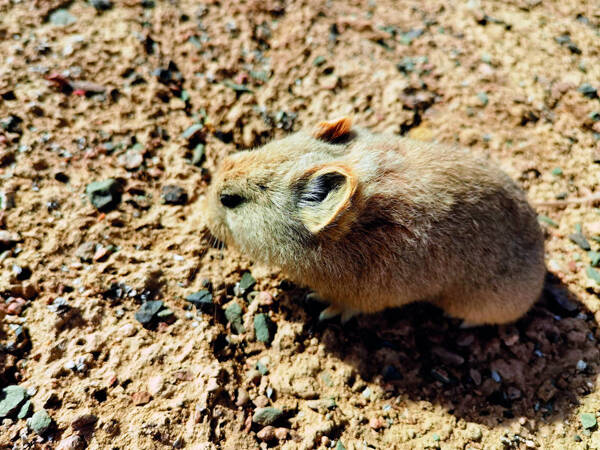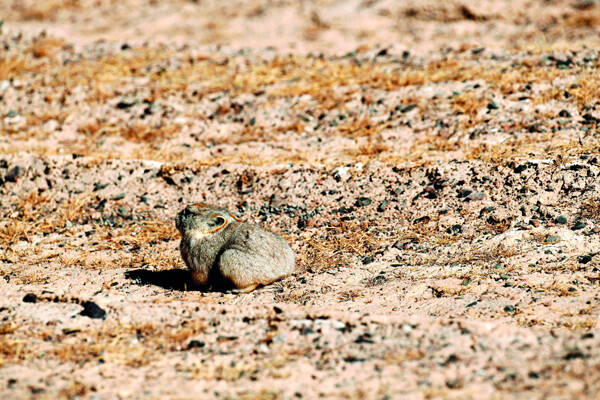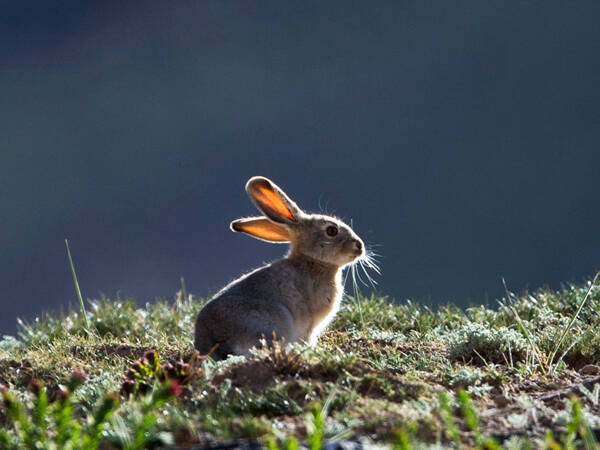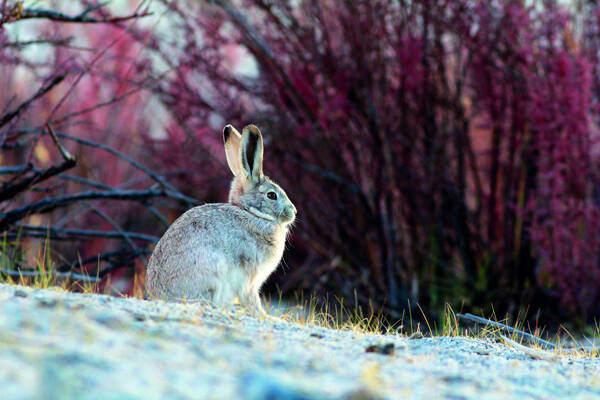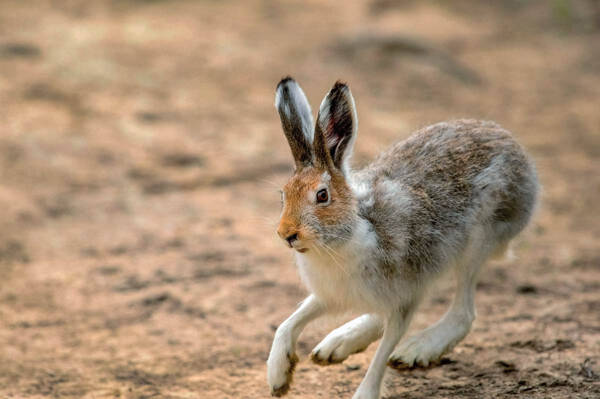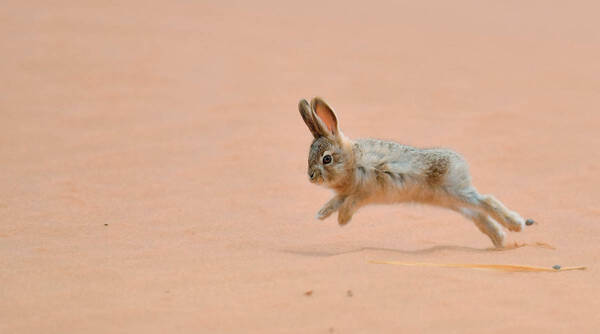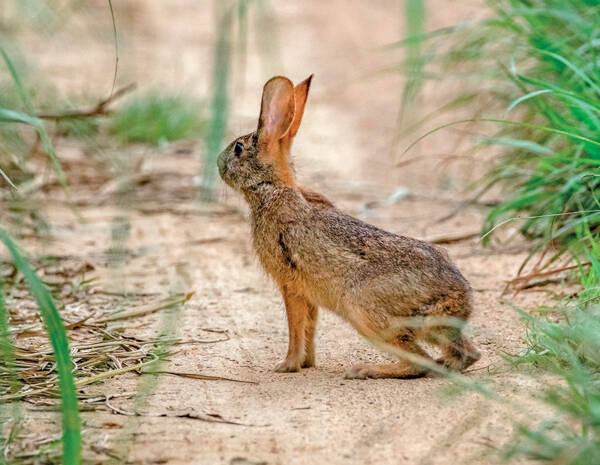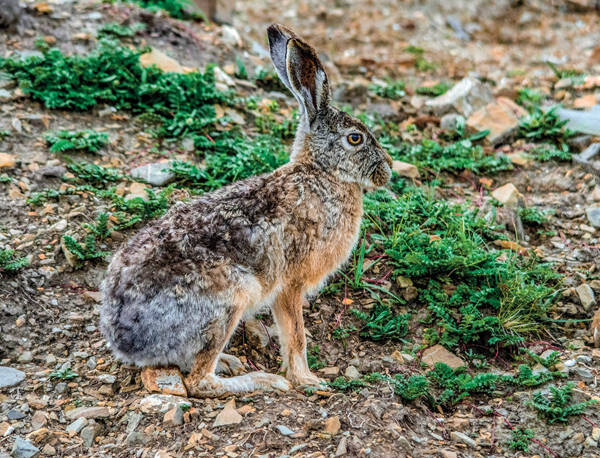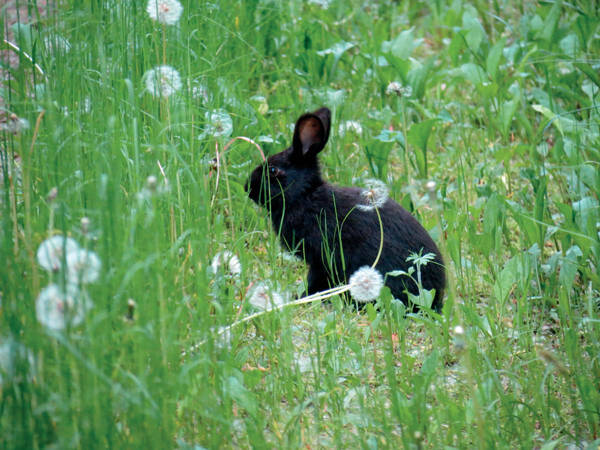Ladakh pika
IUCN
LCBasic Information
Scientific classification
- name:Ladakh pika
- Scientific Name:Ladakh pika
- Outline:Lagoiformes
- Family:Lagomorpha Ochotonidae Ochotona
Vital signs
- length:190mm
- Weight:210g
- lifetime:
Feature
The type locality of this species is Ladakh, Kashmir.
Distribution and Habitat
Distributed in India, Pakistan, Qinghai, Xinjiang, Tibet and other places in mainland China.
Specimens have been collected in Geer County in western Tibet, the Altun Mountain Nature Reserve in Xinjiang and Golmud in Qinghai. The three collection points are all on the plateau surface of the Qinghai-Tibet Plateau above 4,500 meters above sea level, showing a large-span discontinuous point distribution of new species. Whether it is distributed continuously on the plateau surface of the entire Qinghai-Tibet Plateau needs further study.
Appearance
The individual is relatively large. In summer, the coat is sandy yellow with obvious brown hairs. Sometimes the entire back has a brown tint. The forehead is brown, the back of the ears is brown, the abdomen is grayish white, and the neck is lighter in color. In winter, the back of the body is sandy yellow with no brown tint. The forehead and ears are brown-red, and the abdomen is light orange-yellow. The front and back soles are covered with dense gray-white hairs, and the claws are gray-black and almost covered with long hairs. The forehead is relatively raised. The area around the lips is black. On the skull, the incisor foramen and the palatine foramen are separated into two holes; there is no oval foramen on the frontal bone; the interorbital space is wide and small.
Details
The taxonomic status of the Ladakh pika is relatively stable. However, due to the small number of specimens, the research is not in-depth, and the ecological research is almost blank. Therefore, it is a species that is little known. From the distribution habitat, its habitat is a hilly plateau surface above 4500m above sea level, with very sparse vegetation. There is only one very low small shrub in the distribution area - Primrose, which is less than 10cm in height and less than 5% in coverage. Vegetation cover is almost invisible in winter. However, the population in the distribution area is large, and the peak activity period in winter is 12:00-16:00. The habitat is relatively compact sandy soil, which is a typical burrowing type. The caves are relatively dense, but unlike the caves of the plateau pika (<Ochotona curzoniae>) which are clustered, in most cases, the caves of the Ladakh pika are scattered.
